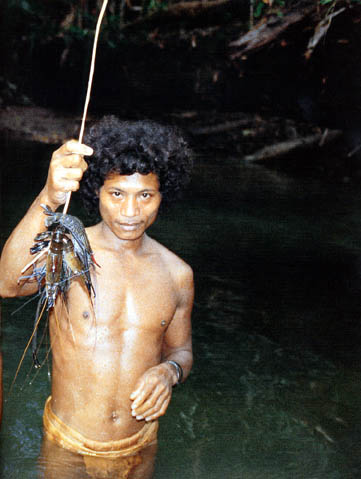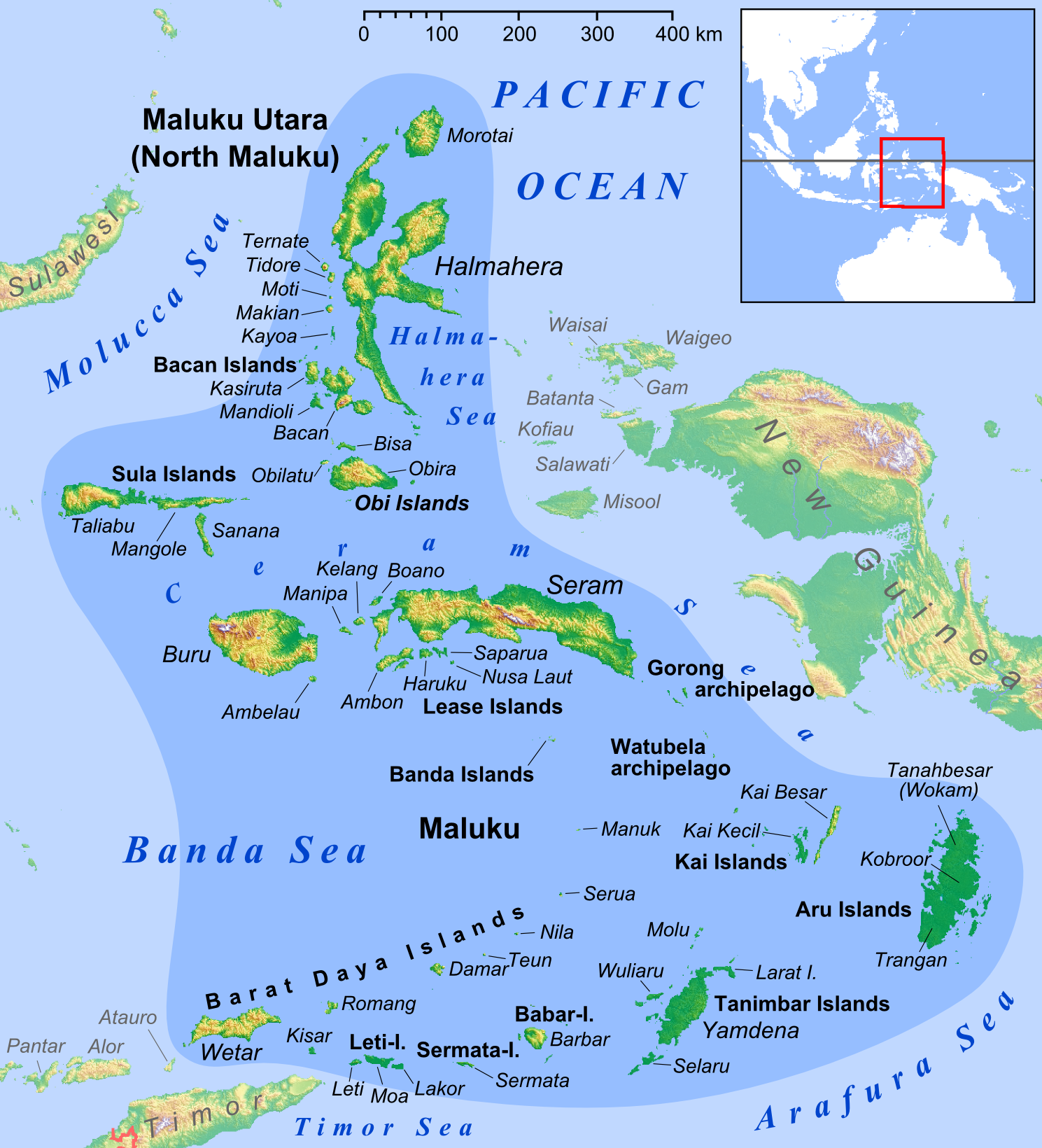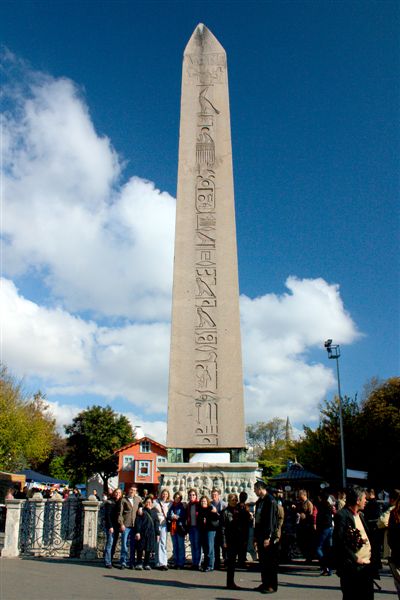|
Karel Holle
Karel Frederik Holle (9 October 1829 in Amsterdam, Netherlands – 3 May 1896 in Buitenzorg, Dutch East Indies) was a 19-century Dutch colonial administrator in the Dutch East Indies. Family and early years Karel Holle was the eldest son of Pieter Holle and Alexandrine Albertine van der Hucht. After his father's unsuccessful attempts to start a sugar refinery in Koblenz in 1836, the :nl:Holle (geslacht), Holle and van der Hucht families went to the Dutch East Indies in 1843 to seek their fortunes in the sugar plantations. Karel's uncle from the van der Hucht family obtained work at a tea company, and his father became the administrator of the Bolang coffee estate near Buitenzorg. His father soon died, after which Karel was educated at home in Batavia, Dutch East Indies, Batavia in 1845, together with the children of Jan Jacob Rochussen, the Governor-General of the Dutch East Indies from 1845 to 1851. Early administrative career In 1846, Karel Holle was appointed clerk at the resi ... [...More Info...] [...Related Items...] OR: [Wikipedia] [Google] [Baidu] |
Amsterdam
Amsterdam ( , ; ; ) is the capital of the Netherlands, capital and Municipalities of the Netherlands, largest city of the Kingdom of the Netherlands. It has a population of 933,680 in June 2024 within the city proper, 1,457,018 in the City Region of Amsterdam, urban area and 2,480,394 in the Amsterdam metropolitan area, metropolitan area. Located in the Provinces of the Netherlands, Dutch province of North Holland, Amsterdam is colloquially referred to as the "Venice of the North", for its canals of Amsterdam, large number of canals, now a World Heritage Site, UNESCO World Heritage Site. Amsterdam was founded at the mouth of the Amstel River, which was dammed to control flooding. Originally a small fishing village in the 12th century, Amsterdam became a major world port during the Dutch Golden Age of the 17th century, when the Netherlands was an economic powerhouse. Amsterdam was the leading centre for finance and trade, as well as a hub of secular art production. In the 19th ... [...More Info...] [...Related Items...] OR: [Wikipedia] [Google] [Baidu] |
Sundanese People
The Sundanese (; ) are an Austronesian people, Austronesian ethnic group native to Java in Indonesia, primarily West Java. They number approximately 42 million and form Ethnic groups in Indonesia, Indonesia's second most populous ethnic group. They speak the Sundanese language, which is part of the Austronesian languages. The western area of the island of Java, namely the provinces of West Java, Banten, and Jakarta, as well as the westernmost part of Central Java, is called by the Sundanese people ''Tatar Sunda'' or ''Pasundan'' (meaning Sundanese land). Sundanese migrants can also be found in Lampung, South Sumatra, and, to a lesser extent, in Central Java and East Java. The Sundanese people can also be found on several other islands in Indonesia such as Sumatra, Kalimantan, Sulawesi, Bali and Papua (province), Papua. Origins Migration theories The Sundanese are of Austronesian peoples, Austronesian origins and are thought to have originated in Taiwan. They migrated through th ... [...More Info...] [...Related Items...] OR: [Wikipedia] [Google] [Baidu] |
Moluccas
The Maluku Islands ( ; , ) or the Moluccas ( ; ) are an archipelago in the eastern part of Indonesia. Tectonically they are located on the Halmahera Plate within the Molucca Sea Collision Zone. Geographically they are located in West Melanesia. Lying within Wallacea (mostly east of the biogeographical Weber Line), the Moluccas have been considered a geographical and cultural intersection of Asia and Oceania. The islands were known as the Spice Islands because of the nutmeg, mace, and cloves that were exclusively found there, the presence of which sparked European colonial interests in the 16th century. The Maluku Islands formed a single province from Indonesian independence until 1999, when they were split into two provinces. A new province, North Maluku, incorporates the area between Morotai and Sula, with the arc of islands from Buru and Seram to Wetar remaining within the existing Maluku Province. North Maluku is predominantly Muslim, and its capital is Sofifi on Ha ... [...More Info...] [...Related Items...] OR: [Wikipedia] [Google] [Baidu] |
Halmahera
Halmahera, formerly known as Jilolo, Gilolo, or Jailolo, is the largest island in the Maluku Islands. It is part of the North Maluku Provinces of Indonesia, province of Indonesia, and Sofifi, the capital of the province, is located on the west coast of the island. Halmahera has a land area of . It is the largest island of Indonesia outside the five main islands. It had a population of 162,728 in 1995; by 2010, it had increased to 449,938 for the island itself (excluding the tip which is considered part of the Joronga Islands, but including Gebe and Ju islands) and 667,161 for the island group (including all of South Halmahera and Tidore, but not Ternate). Approximately half of the island's inhabitants are Islam in Indonesia, Muslim and half are Christianity in Indonesia, Christian. History Sparsely-populated Halmahera's fortunes have long been closely tied to those of the smaller islands of Ternate and Tidore, both off its west coast. This island was the site of Sultanate of Jai ... [...More Info...] [...Related Items...] OR: [Wikipedia] [Google] [Baidu] |
Bacan
The Bacan Islands (; ), formerly also known as the Bachans, Bachians, and Batchians, are a group of islands in the Moluccas in Indonesia. They are mountainous and forested, lying south of Ternate and southwest of Halmahera. The islands are administered by the South Halmahera Regency of North Maluku Province. They formerly constituted the Sultanate of Bacan. Bacan (), formerly also known as Bachian or Batchian, is the group's largest island. Bacan Island in 2020 included about 82,387 people, of whom 7,073 lived in the capital Labuha; it is subdivided into seven districts. The second and third-largest islands are Kasiruta and Mandioli. Kasiruta and Mandioli each have over 11,000 inhabitants, and each is subdivided into two districts. A fourth island, Batang Lomang, forms a twelfth district within the group. There are dozens of smaller islands in the group, which had a total population of 84,075 at the 2010 Census, but by the 2020 Census had risen to 111,517.Badan Pusat Stati ... [...More Info...] [...Related Items...] OR: [Wikipedia] [Google] [Baidu] |
Sula Islands Regency
The Sula Islands Regency () is one of the regencies in North Maluku province of Indonesia. It was originally formed on 25 February 2003, when it encompassed the three large islands comprising the Sula Archipelago, together with minor adjacent islands. However, the largest and most westerly of the three, Taliabu, was split off from the Sula Islands Regency on 14 December 2012 to form a separate regency. The remaining two islands which now comprise the Regency are Sulabesi (formerly Sanama) and Mangoli (formerly Mangole). The residual regency covers a land area of 1,779.81 km2 and had a population of 85,215 at the 2010 CensusBiro Pusat Statistik, Jakarta, 2011. and 104,082 at the 2020 Census;Badan Pusat Statistik, Jakarta, 2021. the official estimate as at mid 2024 was 105,095 (comprising 52,697 males and 52,398 females).Badan Pusat Statistik, Jakarta, 28 February 2025, ''Kabupaten Kepulauan Sula Dalam Angka 2025'' (Katalog-BPS 1102001.8205) The administrative capital is at the ... [...More Info...] [...Related Items...] OR: [Wikipedia] [Google] [Baidu] |
Obelisk
An obelisk (; , diminutive of (') ' spit, nail, pointed pillar') is a tall, slender, tapered monument with four sides and a pyramidal or pyramidion top. Originally constructed by Ancient Egyptians and called ''tekhenu'', the Greeks used the Greek term to describe them, and this word passed into Latin and ultimately English. Though William Thomas used the term correctly in his ''Historie of Italie'' of 1549, by the late sixteenth century (after reduced contact with Italy following the excommunication of Queen Elizabeth), Shakespeare failed to distinguish between pyramids and obelisks in his plays and sonnets. Ancient obelisks are monolithic and consist of a single stone; most modern obelisks are made of several stones. Ancient obelisks Egyptian Obelisks were prominent in the architecture of the ancient Egyptians, and played a vital role in their religion placing them in pairs at the entrance of the temples. The word "obelisk" as used in English today is of Greek rathe ... [...More Info...] [...Related Items...] OR: [Wikipedia] [Google] [Baidu] |
Alun-alun
An ''alun-alun'' (Javanese language, Javanese, correctly hyphenated but occurs occasionally without hyphen; also found as ''aloen-aloen'', ''aloon-aloon'', ''aloun-aloun'', and erroneously ''alon-alon'') is a large, central, open lawn Town square, square common to villages, towns and cities in Indonesia. Commonly, ''alun-alun'' in modern-day Indonesia refers only to the two large open squares of Kraton (Indonesia), kraton palace compounds. Each Kraton (Indonesia), kraton has two ''alun-alun'': the most important and northern ''alun-alun lor'' and the less important and commonly smaller southern ''alun-alun kidul''. The court of Pakubuwana in Surakarta is unique as it incorporates the ''alun-alun kidul'' within the defensive wall of the kraton proper.Studies in Indonesian archaeology, By Willem F Stutterheim, Netherlands Institute for International Cultural Relations and M. Nijhoff 1956, 158 pp, p. 102 Function The northern ''alun-alun lor'' functioned as the primary and most o ... [...More Info...] [...Related Items...] OR: [Wikipedia] [Google] [Baidu] |
Pacific Linguistics
Pacific Linguistics was established in 1963 as a non-profit publisher at the Australian National University, Canberra, publishing linguistic books (such as grammars and dictionaries) on the languages of Oceania, the Pacific, Australia, Indonesia, Malaysia, the Philippines, Southeast Asia, South Asia, and East Asia. Since 2012, Pacific Linguistics has been published by Walter de Gruyter. Managing editors Stephen Wurm was the founding editor. Tom Dutton was the managing editor of Pacific Linguistics from 1987 to 1996.Pawley, A. "Tom Dutton: linguist". In Pawley, A., Ross, M. and Tryon, D. editors, ''The boy from Bundaberg: Studies in Melanesian linguistics in honour of Tom Dutton''. PL-514:1-12. Pacific Linguistics, The Australian National University, 2001. Other former managing editors are Malcolm Ross, Darrell Tryon, John Bowden, and Paul Sidwel. The current managing editor is Alexander Adelaar. [...More Info...] [...Related Items...] OR: [Wikipedia] [Google] [Baidu] |
Museum Nasional
The National Museum of Indonesia () is an archeological, historical, ethnological, and geographical museum located in Jalan Medan Merdeka Barat, Central Jakarta, right on the west side of Merdeka Square. Popularly known as the Elephant Museum () after the elephant statue in its forecourt, its broad collections cover all of Indonesia's territory and almost all of its history. The museum has endeavoured to preserve Indonesia's heritage for two centuries. The museum is regarded as one of the most complete and the best in Indonesia, as well as one of the finest museums in Southeast Asia. The museum has preserved about 141,000 objects, ranging from prehistoric artifacts to archeology, numismatics, ceramics, ethnography, history and geography collections. It has comprehensive collections of stone statues of the classical Hindu-Buddhist period of ancient Java and Sumatra as well as quite extensive collections of Asian ceramics. A fire affected some rooms of the old building on 16 Septe ... [...More Info...] [...Related Items...] OR: [Wikipedia] [Google] [Baidu] |
Cornelis Pijnacker Hordijk
Cornelis Pijnacker Hordijk (13 April 1847 – 3 September 1908) was a Dutch jurist and politician. He was Governor-General of the Dutch East Indies The governor-general of the Dutch East Indies (, ) represented Dutch rule in the Dutch East Indies between 1610 and Dutch recognition of the independence of Indonesia in 1949. Occupied by Japanese forces between 1942 and 1945, followed by the ... from 1888 until 1893. ''Parlement & Politiek''. Retrieved on 17 January 2015. References External links * 1847 births 1908 deaths[...More Info...] [...Related Items...] OR: [Wikipedia] [Google] [Baidu] |






